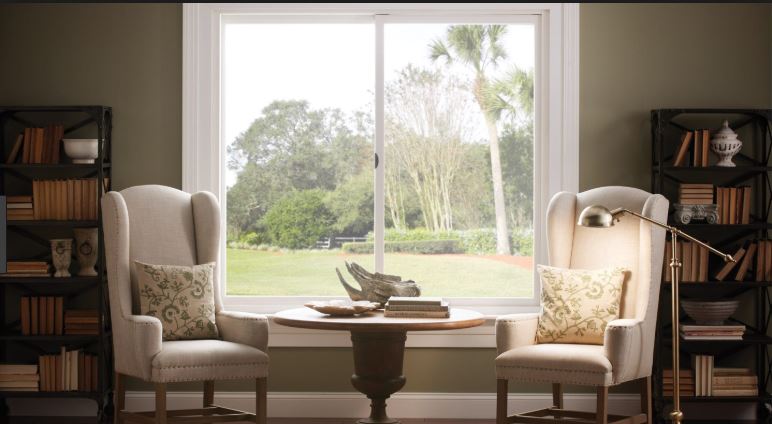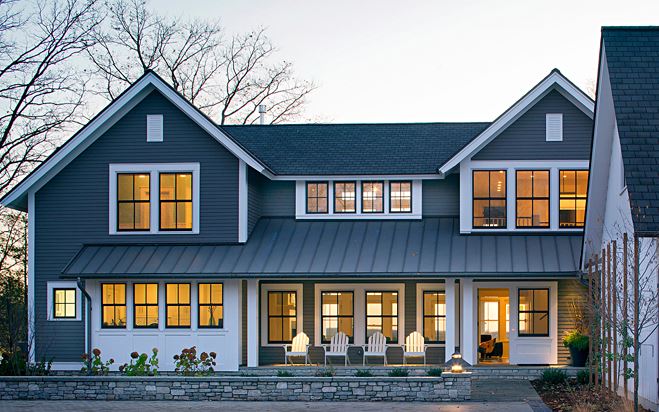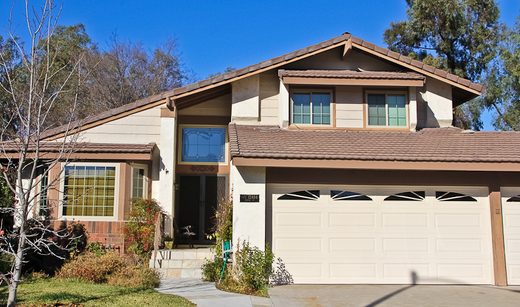U-Values and Energy Efficiency Ratings for New Windows

Replacement windows are a critical component of a home’s energy efficiency. With advances in glass technology, the way replacement windows are rated for energy efficiency has changed significantly over the past few decades. To successfully assess the benefits of replacing old windows with new ones, it’s vital to understand U-Values and how they relate to energy efficiency ratings for replacement windows in Henderson, NV. This article will provide an overview of U-Values and how these ratings can help you make informed decisions about your window replacement project.
What is a U-Value?
A U-Value is a measure of thermal transmittance – or how well heat passes through a material such as a window frame or glass pane – expressed in terms of the rate of heat loss per unit area. The lower the U-Value, the better a window is at keeping cold and warm air out, resulting in increased energy efficiency.
How are U-Values Measured?
U-Values are measured by constructing a window assay test chamber containing two panes of glass separated by an insulating frame or spacer filled with an inert gas such as argon or krypton. Sensors inside and outside the chamber measure temperature gradients across both sides of the glass panes to determine how much heat is transmitted through them. The results are then used to calculate the U-Value for that particular type of window.
What Impact Does a Window’s U-Value Have on Energy Efficiency?
A window’s U-Value is an important indicator of its energy efficiency. The lower the U-Value, the greater the insulating value and the energy savings it will provide for your home. For example, a single-pane clear glass window with a high U-Value could lose up to 40 percent of your home’s total heat loss through the windows alone, while a double-pane low E glass window with a low U-Value could reduce that loss by as much as 50 percent.
What Are Low-E Glass Windows?
Low E (short for Low Emissivity) glass windows are coated with an ultra-thin metallic oxide film that helps to reflect infrared radiation. This helps to reduce the amount of heat that passes through the window, resulting in improved energy efficiency. Low E glass windows typically have lower U-Values than clear glass windows and can substantially save your energy bill.
 How Are Replacement Windows Rated for Energy Efficiency?
How Are Replacement Windows Rated for Energy Efficiency?
Replacement windows are rated for energy efficiency using various criteria, including their U-Value and other measurements such as Solar Heat Gain Coefficient (SHGC) and Visible Transmittance (VT). These ratings help homeowners assess how efficiently a particular window will perform in terms of its ability to insulate against cold air infiltration, deflect solar radiation, and allow daylight into the home.
Low-E Glass windows are particularly effective when it comes to energy efficiency. Low-E stands for “low emissivity” and is a coating applied to the glass that reflects infrared radiation while still allowing visible light through. This helps reduce heat transfer from inside the home to outdoor temperatures during winter months and vice versa in summer months – making these replacement windows in Henderson, NV incredibly efficient at maintaining comfortable interior temperatures.


 How Are Replacement Windows Rated for Energy Efficiency?
How Are Replacement Windows Rated for Energy Efficiency?

